Building value chains — an effective pathway for rural economies
According to the Viet Nam Cooperative Alliance, more than 4,000 cooperatives across the country are currently participating in value chain linkages, accounting for nearly 13% of all existing cooperatives. This is seen as a bright spot in the agricultural sector, offering a replicable, efficient and sustainable model for agricultural restructuring.
Establishing linkages in agricultural supply and consumption chains is identified as the “key” to unlocking agricultural restructuring. It also serves as a driver for building new-style rural areas and promoting socio-economic development.
 |
|
Harvesting seedless limes at OCOP Organic Fruit Cooperative. |
Productive results from production linkages
At Artemia Vinh Chau Cooperative in Vinh Trach Dong Commune, Bac Lieu City (Bac Lieu Province), the cooperative is currently supporting 250 members from five cooperatives — four in Bac Lieu and one in Soc Trang.
The cooperative’s value chain in Artemia egg production and consumption spans 300 hectares and generates approximately 20 billion VND in annual revenue.
In addition, the cooperative maintains a high-tech shrimp farming model based on a closed-loop circular approach, promoting clean shrimp, a green environment, and sustainable profits.
Nguyen Thi Thu Hang, Vice Chair of the Bac Lieu Cooperative Alliance, stated that various value chain models have been developing locally, closely tied to agricultural product distribution.
This model ensures that all economic actors in the value chain share both benefits and responsibilities. As a result, it has attracted many businesses, cooperatives, and farming households seeking solutions to the recurring problem of high yields with low prices.
Enhancing value-added agricultural production through linkage chains is also the target of Hau Giang Province — known as a “fruit basket” region.
The province has rapidly established large-scale farming areas integrated with cooperative-based production and marketing systems, delivering high economic efficiency.
At the OCOP Organic Fruit Cooperative, a notable example in Nga Sau Township, Chau Thanh District (Hau Giang), chain linkages have brought significant economic benefits to both cooperative members and the local community.
Currently, the OCOP Organic Fruit Cooperative has 256 members cultivating approximately 300 hectares of seedless lime and Nam Roi pomelo for export to the European market.
Their production and packaging follow Global GAP, SMETA, and BRC standards. In 2024 alone, the cooperative supplied over 2,000 tonnes of fruit to the market, generating revenue of 97 billion VND, marking an 18% increase compared to 2023.
According to Tran Thi My Linh, a representative of the cooperative, the domestic market also provides strong support. Through major supermarket chains such as Vinmart, Bach Hoa Xanh, and the Co.opmart network in the Mekong Delta, the cooperative's products have been well received by consumers, generating around 2 billion VND in monthly revenue.
The cooperative currently ranks fifth among agricultural cooperatives nationwide in terms of income.
By participating in value chains, farmers and cooperative members only need to comply with recommended production procedures.
The cooperative, allied groups, and partnering enterprises handle all aspects related to market access, seedling supply, fertilisers, and technical materials. This allows farmers to focus on production and reap the benefits of the chain with confidence.
Scaling up the model
To develop deeper and more sustainable chain linkages, Ngo Sy Dat, Director of the Institute for Agricultural Market and Institutional Research, proposed that the state should increase support for training and capacity building of cooperative personnel, as well as assistance for cooperative start-up programmes, and provide better access to credit and land.
He also stressed the need to expand models of cooperatives that are both producers and active market participants.
At the local level, both Bac Lieu Province and Hau Giang Province are actively promoting chain-based linkages. Linkages among cooperatives, enterprises and other economic entities have gradually affirmed their role in helping members reorganise production, create rural employment, restructure agriculture and build new-style rural areas.
Notably, the most prominent achievement of the value chain model has been the increase in agricultural value and the effective resolution of the “bumper crop, price crash” dilemma.
According to a representative of the Bac Lieu Cooperative Alliance, the immediate plan is to advise the provincial Department of Agriculture and Environment to coordinate with other sectors and localities to review and promote effective chain models, preventing disruptions.
At the same time, it will instruct localities, especially key areas in fruit, livestock, and aquaculture production, to develop production plans that align with consumption trends and market demand.
Ho Van Phu, Chairman of the Hau Giang Cooperative Alliance, shared that the organisation will continue to advise provincial authorities to support and improve the quality of collective economic units and cooperatives participating in value chains.
This includes mobilising resources to help cooperatives adopt digital technologies in management, production, trade, and supply. It also seeks to connect cooperatives to information channels regarding policy, technology, and markets so as to enhance the efficiency of their value chain-based business operations.
 Bắc giang
Bắc giang
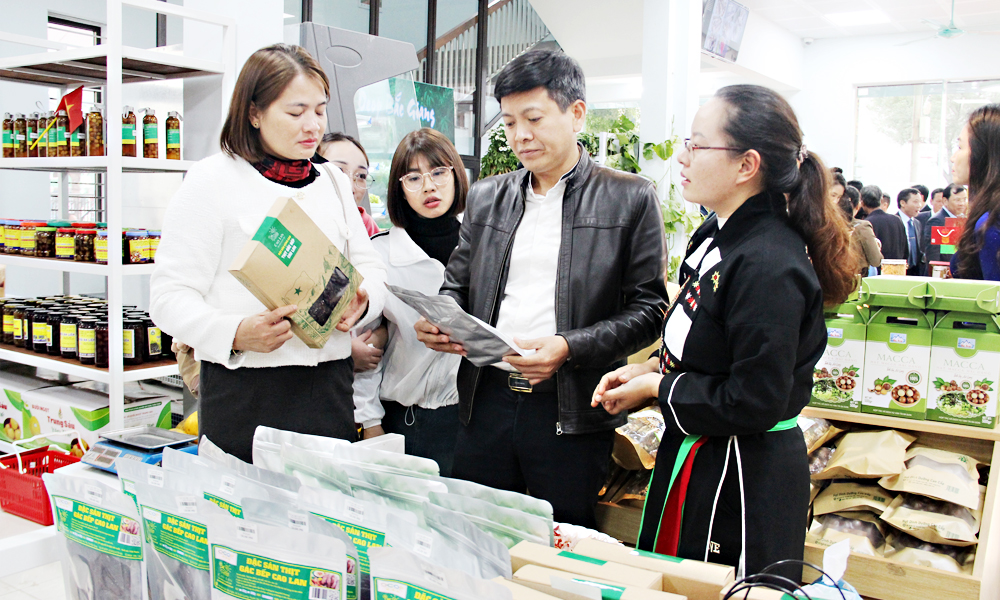

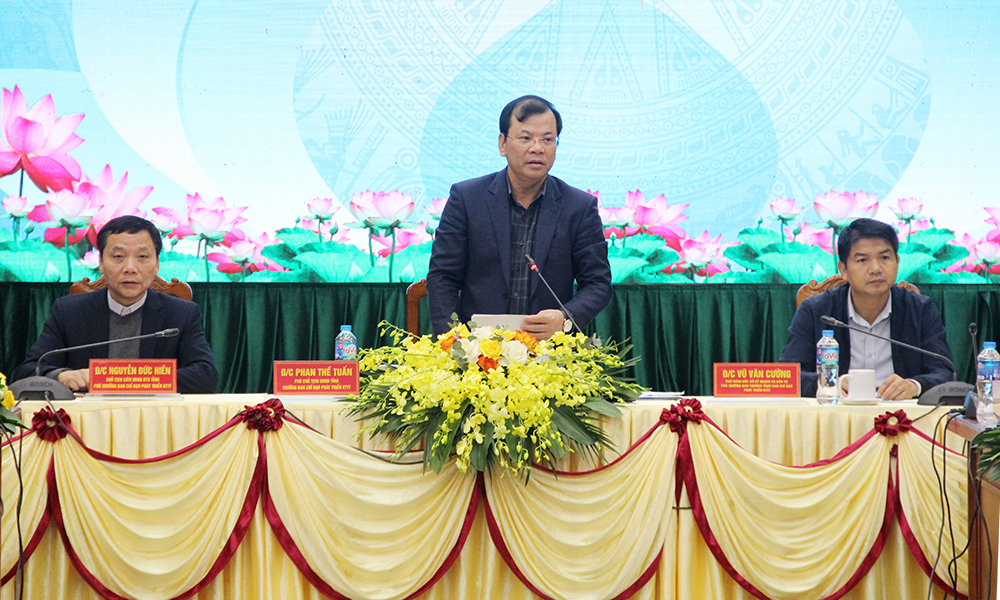

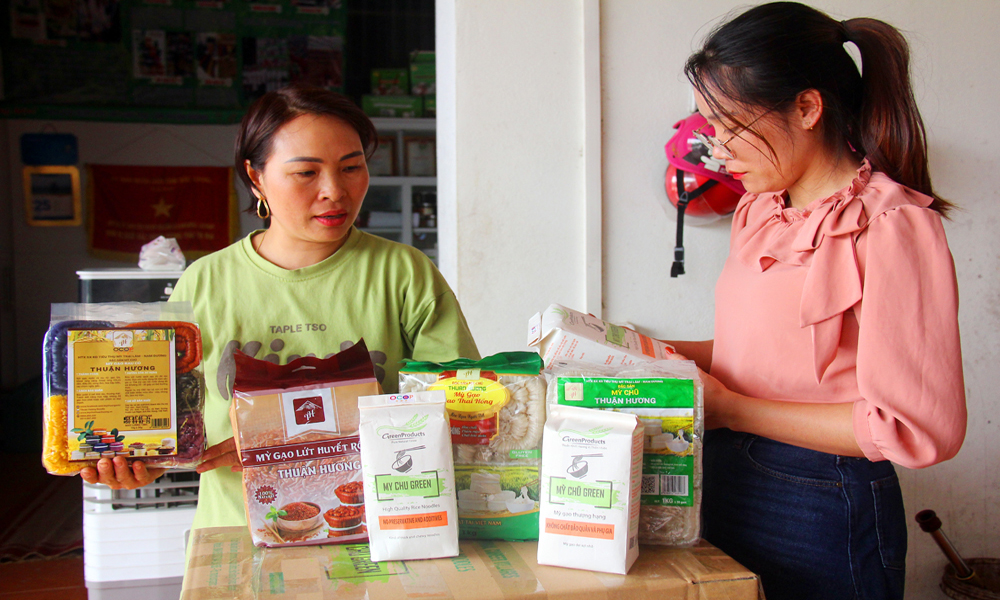
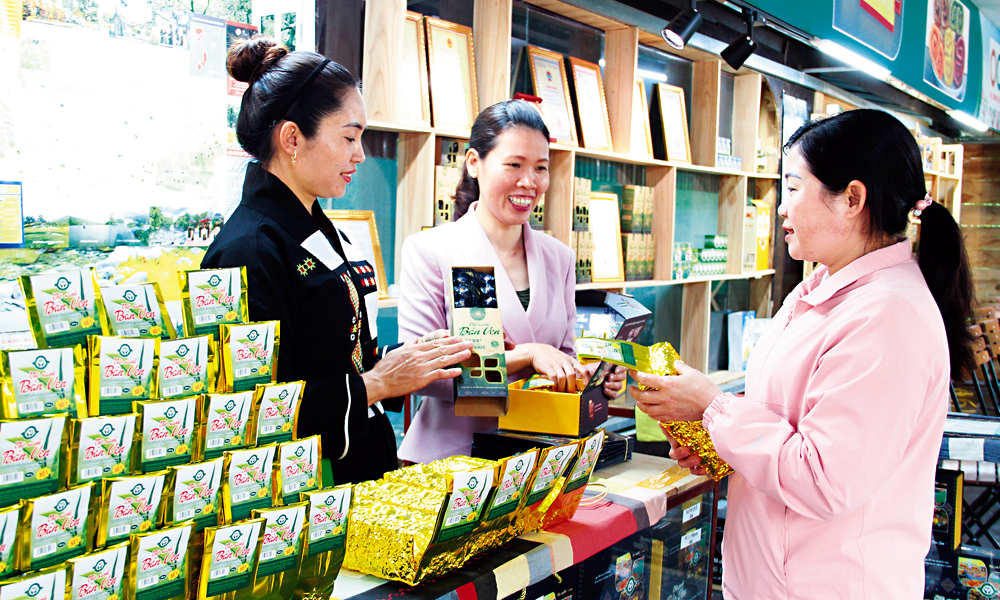
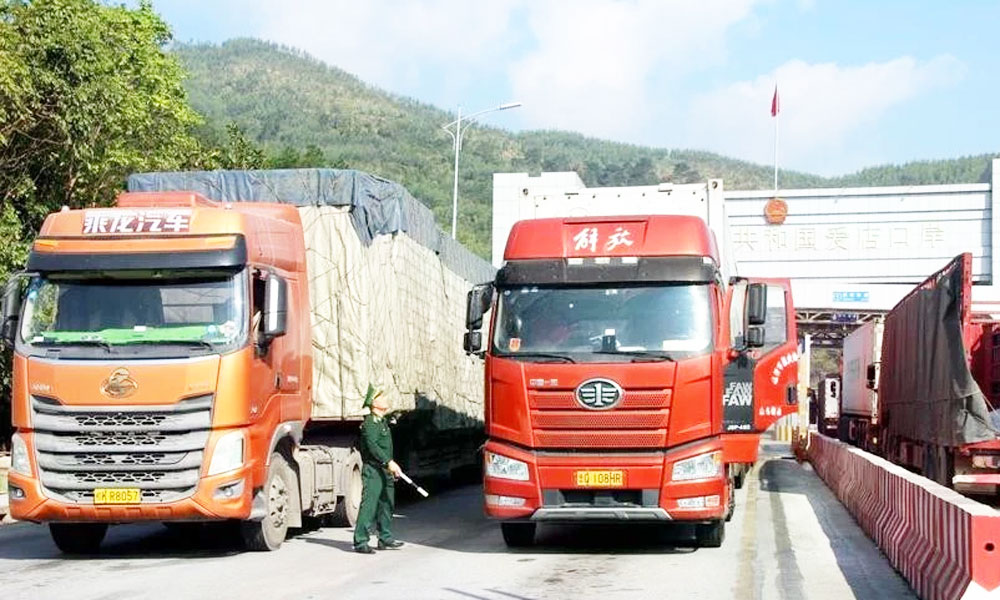


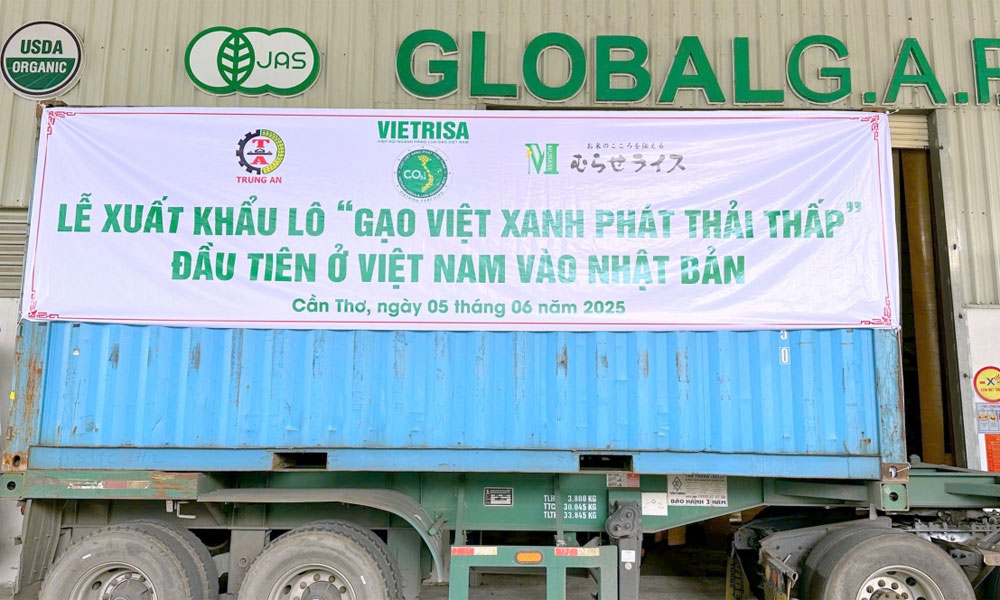
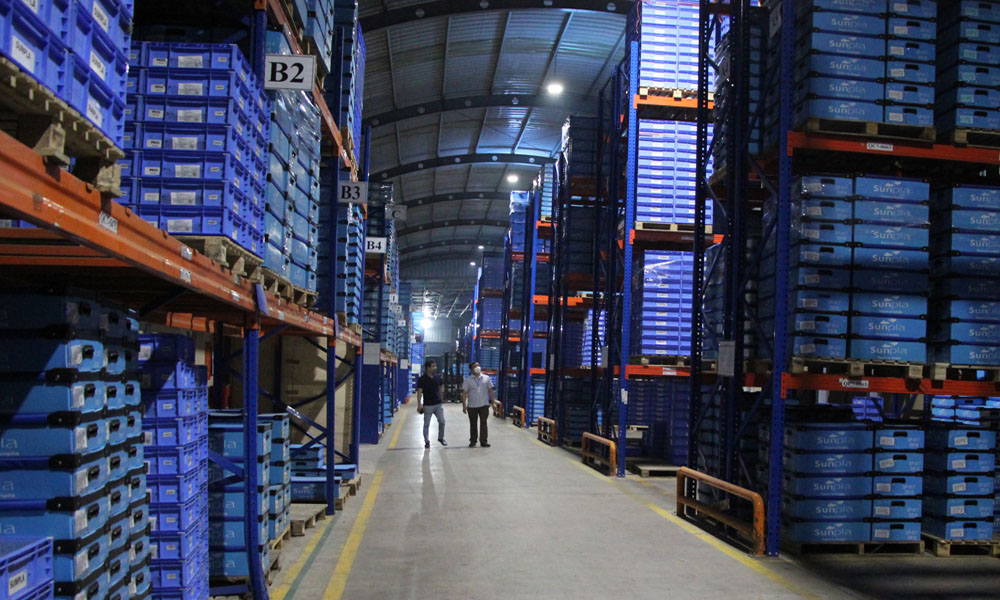



Reader's comments (0)